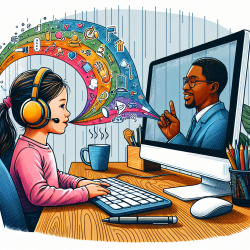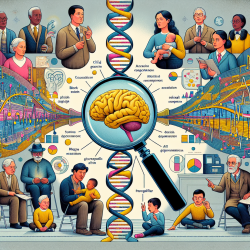Understanding the Impact of Media Use on Adolescent Wellbeing
The digital age has transformed how adolescents interact with media, with significant implications for their wellbeing. A recent study titled Adolescent media use and its association to wellbeing in a Canadian national sample explores these associations using data from a nationally representative sample of Canadian youth.
Key Findings
The study examined the relationship between media use (television, video games, and internet) and various indicators of wellbeing, including academic achievement, school connectedness, self-esteem, physical activity, and bullying. The findings suggest that increased media use is generally associated with negative outcomes in these areas:
- Academic Achievement: Video game playing showed the strongest negative association with academic performance.
- School Connectedness and Self-Esteem: Internet usage was the most significant negative correlate of self-esteem and school connectedness.
- Physical Activity: All forms of media use were linked to reduced physical activity, with video games having the most substantial impact.
- Bullying: Media use increased the odds of bullying behavior, with internet usage being the strongest predictor.
Implications for Practitioners
For speech-language pathologists and other practitioners working with children, these findings underscore the importance of considering media use when assessing and planning interventions. Here are some actionable steps practitioners can take:
- Incorporate Media Use Assessments: Include questions about media habits in initial assessments to understand the broader context of a child's environment.
- Educate Families: Provide guidance to families on setting healthy media use boundaries to promote better academic and social outcomes.
- Promote Balanced Activities: Encourage participation in physical activities and social interactions that do not involve screens.
- Collaborate with Schools: Work with educators to develop programs that address the negative impacts of excessive media use on school connectedness and bullying.
Encouraging Further Research
While this study provides valuable insights, further research is needed to explore the causal relationships between media use and adolescent wellbeing. Practitioners are encouraged to engage in or support research efforts that delve deeper into these associations, considering factors such as content type and individual differences.
To read the original research paper, please follow this link: Adolescent media use and its association to wellbeing in a Canadian national sample.










